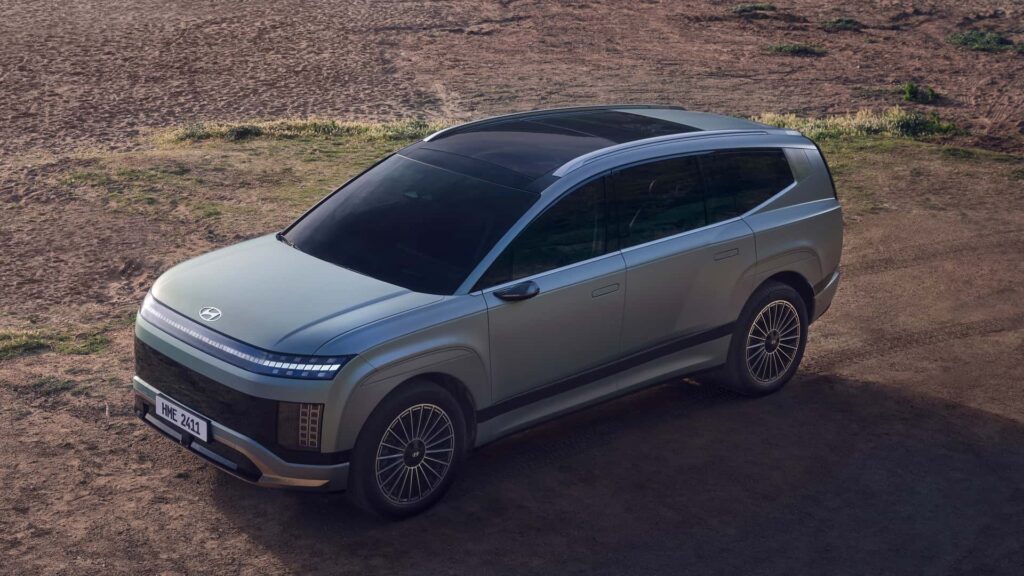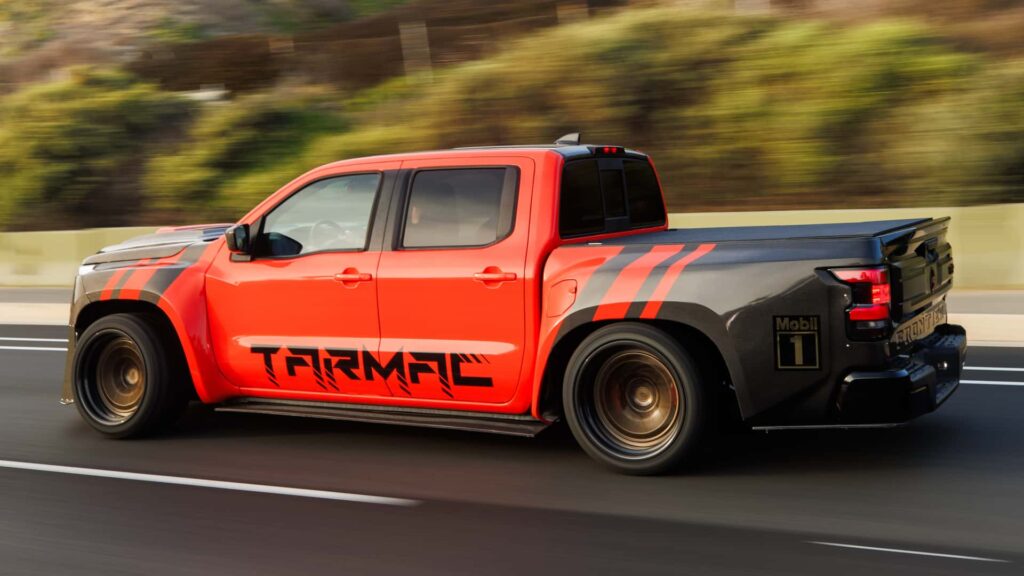
The Hyundai Ioniq 9 may look like a futuristic living room on wheels, but even with its boxy shape, it’s impressively aerodynamic. The 0.259 Cd is one of the best in the segment, although still behind the Lucid Gravity (0.24). Beyond the usual tricks to lower the drag coefficient like the side cameras, aero wheels, and underbody cover, the engineers also made the roof smoother. How? By getting rid of the conventional top-mounted antenna module.
In fact, the Ioniq 9 is Hyundai’s first production car without a roof antenna. The one for the GPS and satellite radio has been integrated into the windshield cover while the FM/AM antenna is built into the tailgate glass. The functions for connected car services have been embedded into the dashboard. These hidden antennas not only improve airflow but also clean up the styling since the fullsize electric SUV is all about a minimalistic design.
Speaking of things we haven’t seen on a Hyundai yet, the Kia EV9’s sister model has aluminum fenders, both front and rear. Even so, it still weighs 5,150 pounds (2,336 kilograms) in its lightest configuration, going up to 5,950 lbs (2,699 kg) with all the bells and whistles.
An active spoiler is not something we’d expect to see on a gargantuan three-row SUV, but the Ioniq 9 has one for better airflow. It’s the company’s first production vehicle to feature a dual-motion active air flap (AAF) system.
We were initially tempted to say Hyundai also got rid of the rear wiper to further embrace the “less is more” approach. As you may recall, the smaller Ioniq 5 electric crossover didn’t have it but the 2024 update fixed that mistake. It’s hard to see the Ioniq 9’s wiper but it’s tucked away underneath the upper lip of the tailgate, à la Range Rover. Hyundai’s own Tucson and Santa Fe gas SUVs have a cleverly hidden rear wiper as well.


